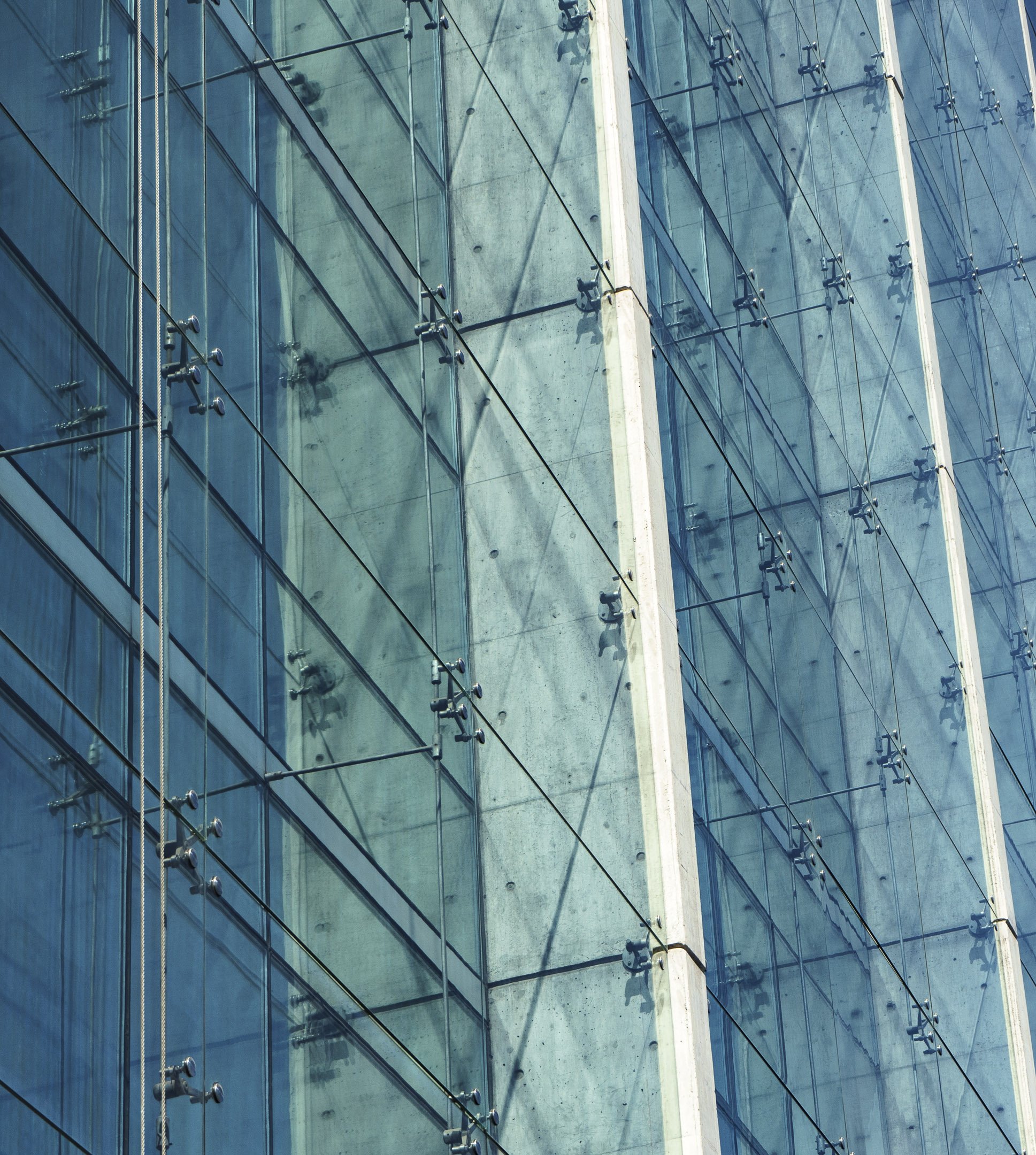The Art of transforming trauma into resilience and hope
I am a lens-based artist who creates multi-layered kaleidoscopic abstractions from site-specific photographs. My post-production images are an exploration of textures and colors. Each image has a story.
My work is more than just photography. My artistic process starts with a journey of discovery and ends with a catharsis achieved through the final post-production image. Before traveling, I research locations for difficult histories that involve acts of senseless violence. My objective is to discover and document how we make trauma transform into resilience and optimism. When at the destination, I explore site-specific locations to look for that one photo I know I can transform. The resulting piece serves as documentation of the tragic event without the use of triggering graphic imagery. Each piece invokes a discussion of salient societal issues.
An example of this was during my recent trip to Santiago Chile. I learned of the murder of Daniel Zamudio in 2012. It was a hate crime committed by four neo-Nazis. First, I visited the location where Daniel was found, wounded and unconscious. Then I walked to the public hospital, a few blocks away, where he lay in a coma for 25 days, before he passed away.
I had discovered that this crime had outraged the whole nation who demanded change. The Chilean president, Sebastián Piñera, sped up the adoption of anti-discrimination laws which had been stalled for seven years. There had been opposition from several churches who feared that the new law could lead to a legalization of same-sex marriage. After Daniel’s death on March 27, 2012, the law, La Ley Zamudio, came into effect in July. The law prohibited discrimination based on “race, ethnicity, religion, sexual orientation, gender, appearance, or disability.” This was a massive step forward for LGBT rights in Chile.
When I arrived at the Centro de Justicia, I immediately knew that I would find the right source image here. It’s a magnificent modern structure. The facades were mainly glass panels which reflected the clear blue Chilean sky. This is where Daniel’s assailants met their justice. From the blue panels separated by the white concrete strips, I was able to create a cat’s eye marble of various shades of blue, ranging from azure to cobalt with swirls of white curving through the center of the radiant orb. This post-production image serves as a tribute to Daniel, a meditative focal point for the viewer, and a historical record.
There is no one way that I create these images. I’ll start by making copies of the source image and flipping them back to front. Then I convert the rectangular strip of mirrored images into a circle. After that, I will make a copy of the circle, rotate it and adjust for size, then superimpose. With consistent and repetitive adjustments, I create the complex geometry to create a mandala of photographic elements. Often the colours will be super saturated and at times, with blending of complementary colours, new colours can be generated. The post-production images are named by the city location and the date of the event as well as where the source image was taken.
In this case, it is named Santiago 02, March 27, 2012, Centro de Justicia. The reason why there is a numbering system for the city is that a given city may have more than one event to document. I’m still working on Santiago 01 which deals with the Chilean military dictatorship.
Learn more about my newest series of work at Imprimo


